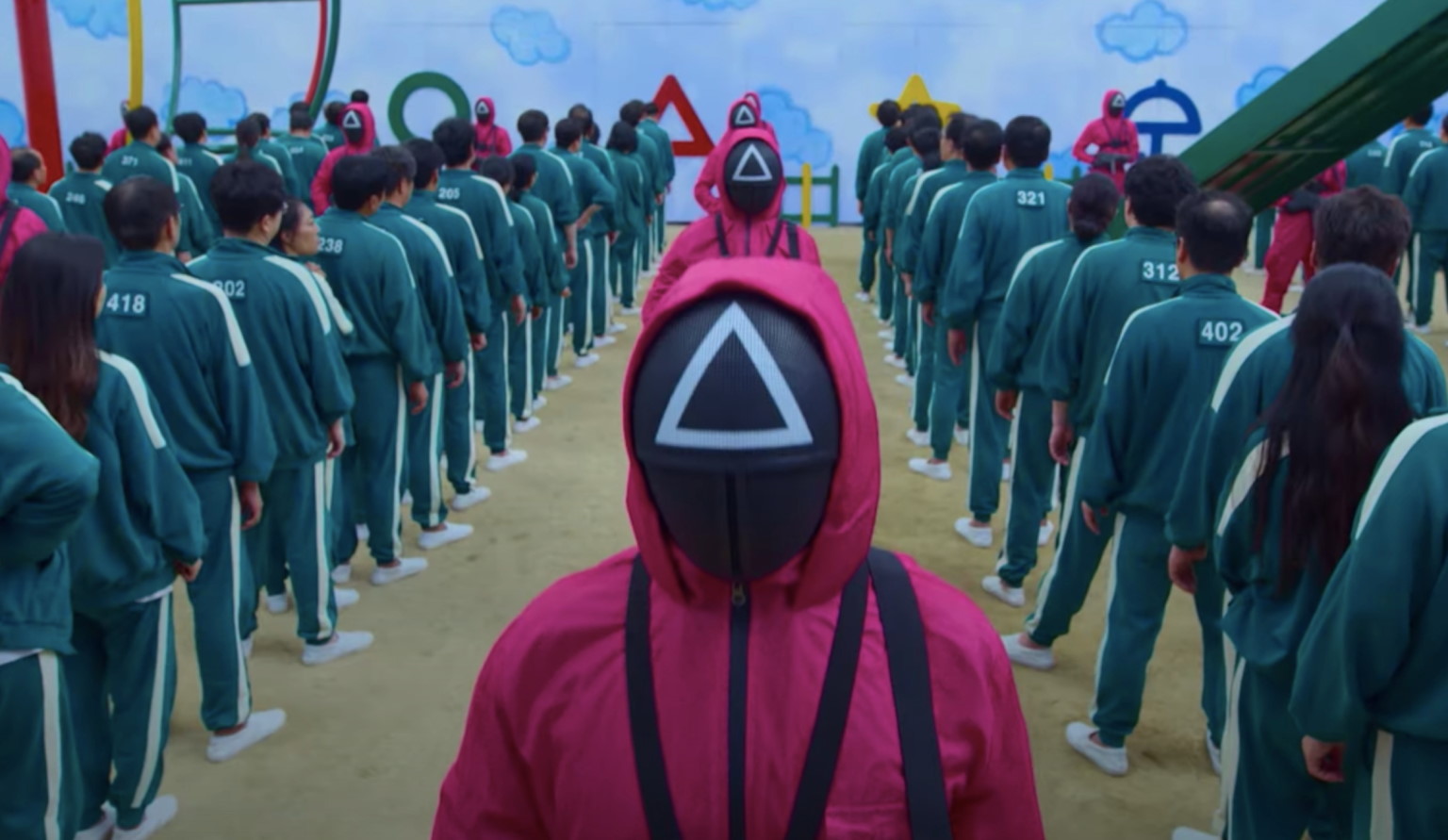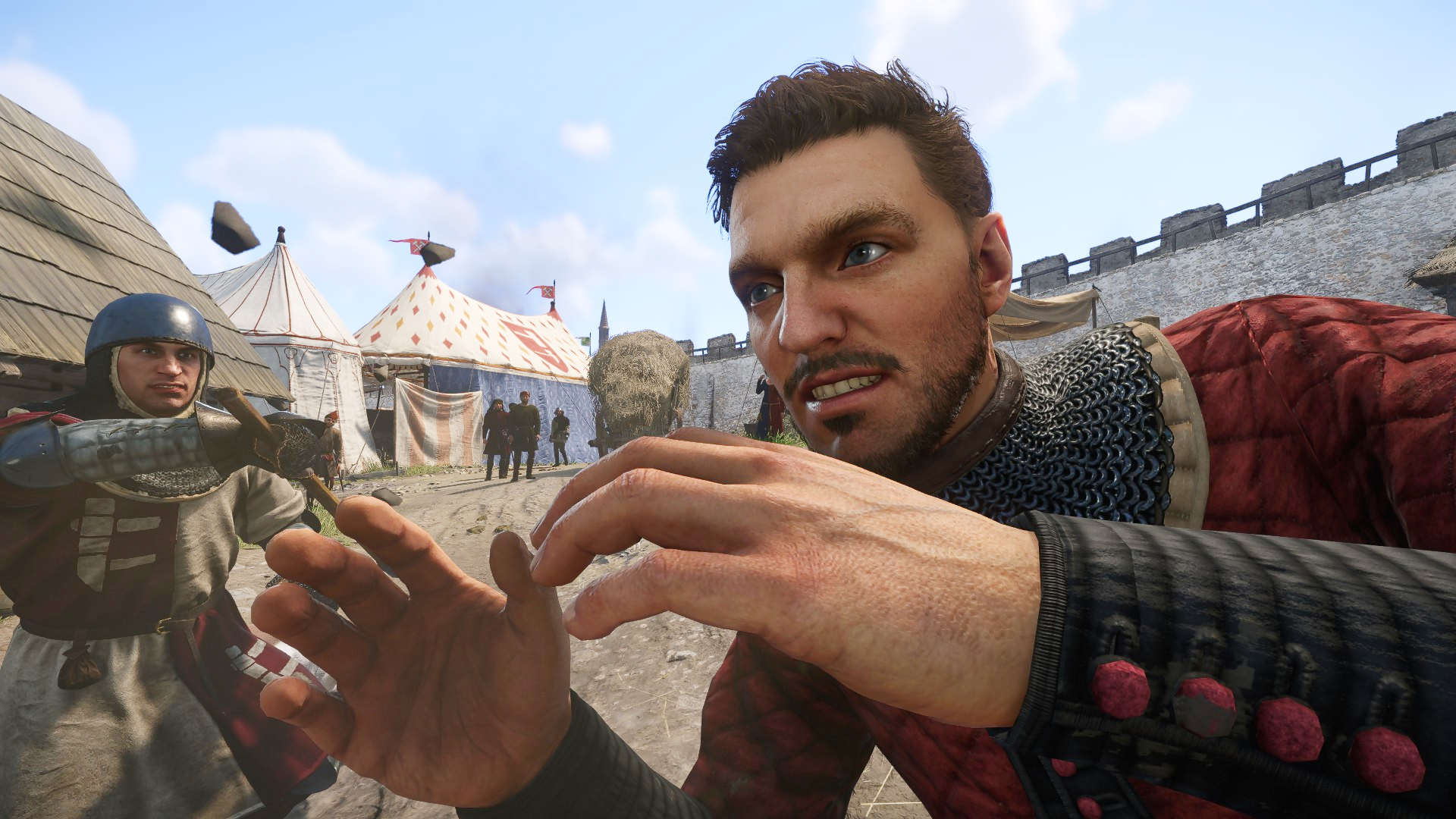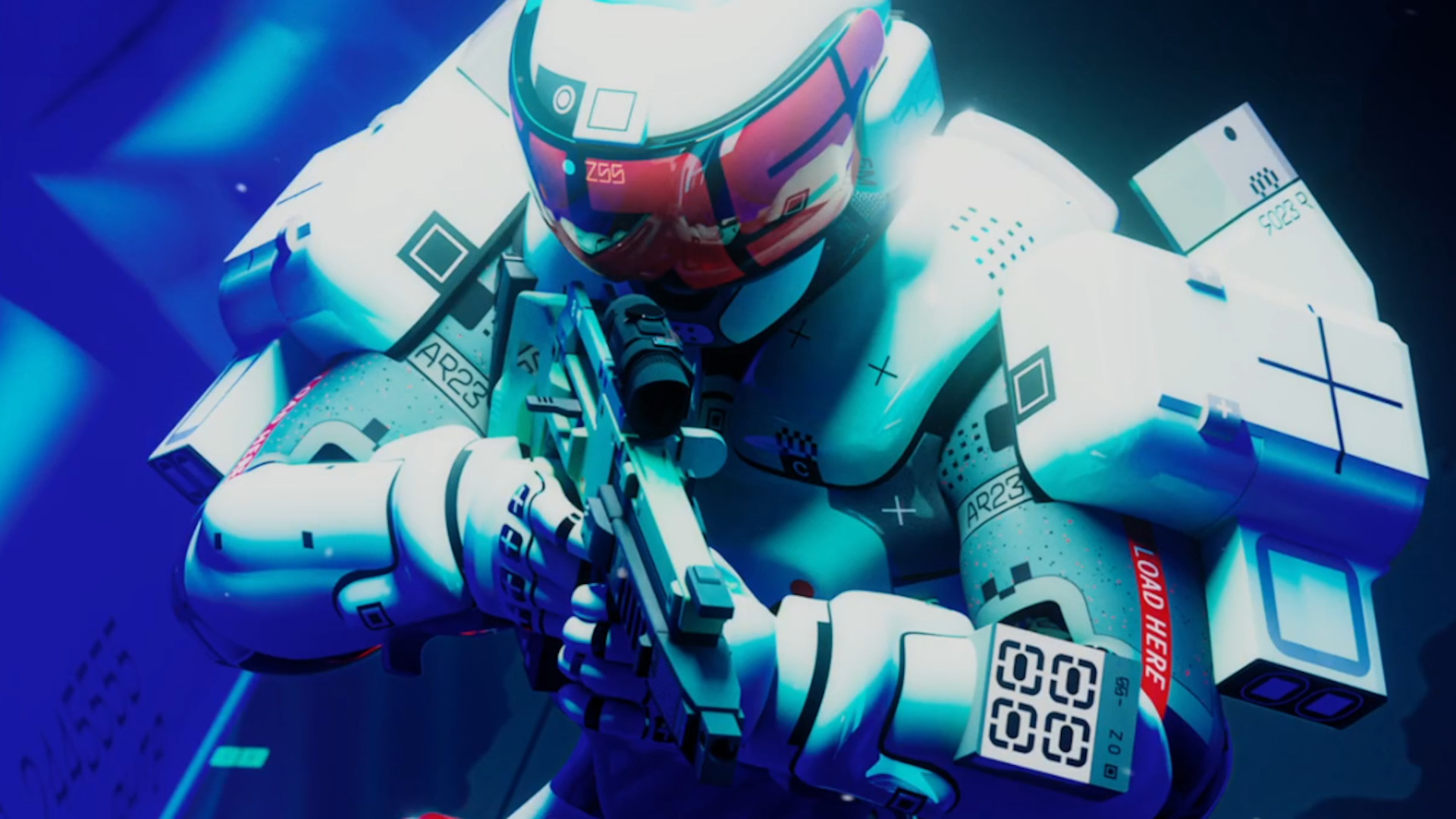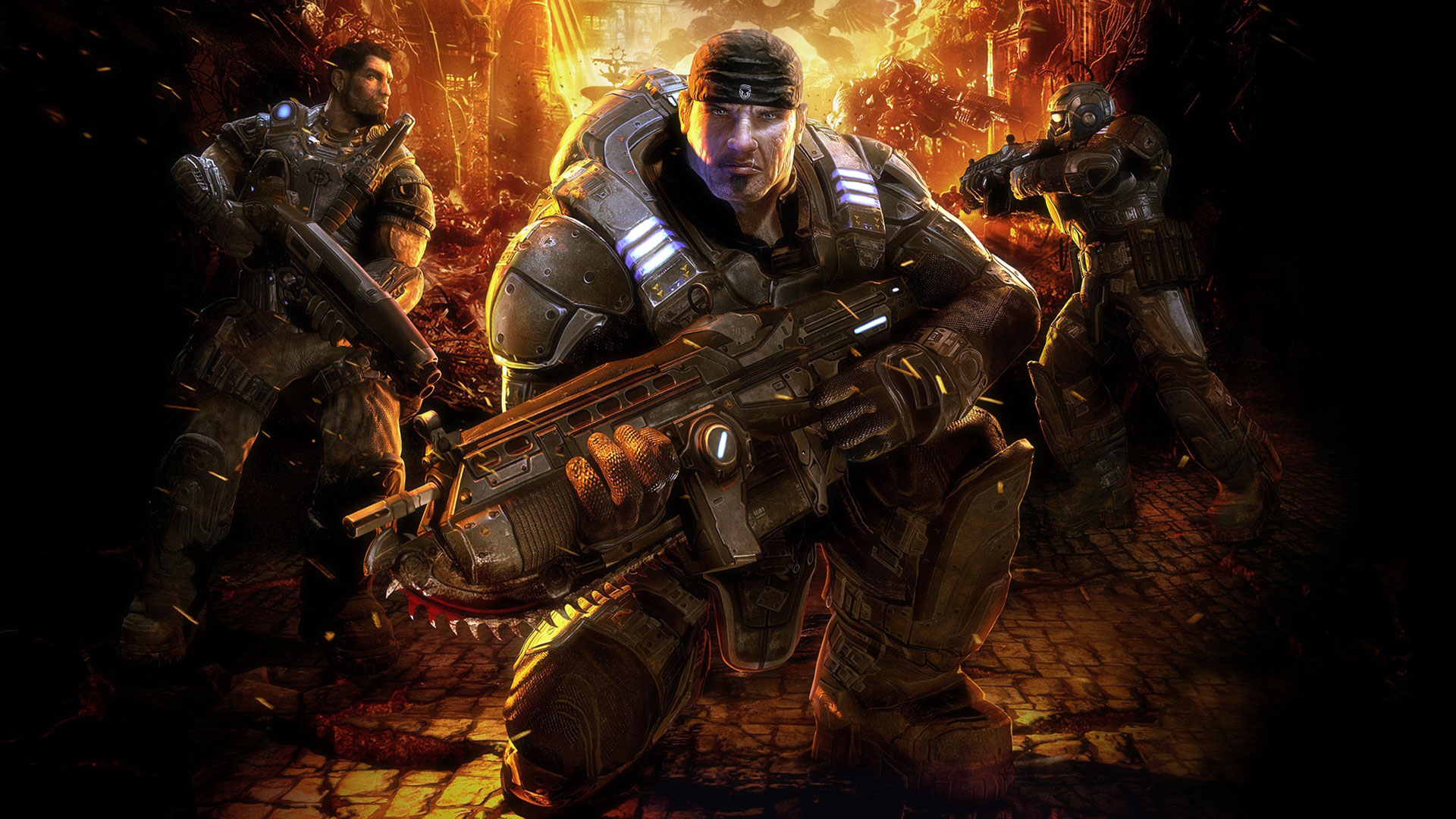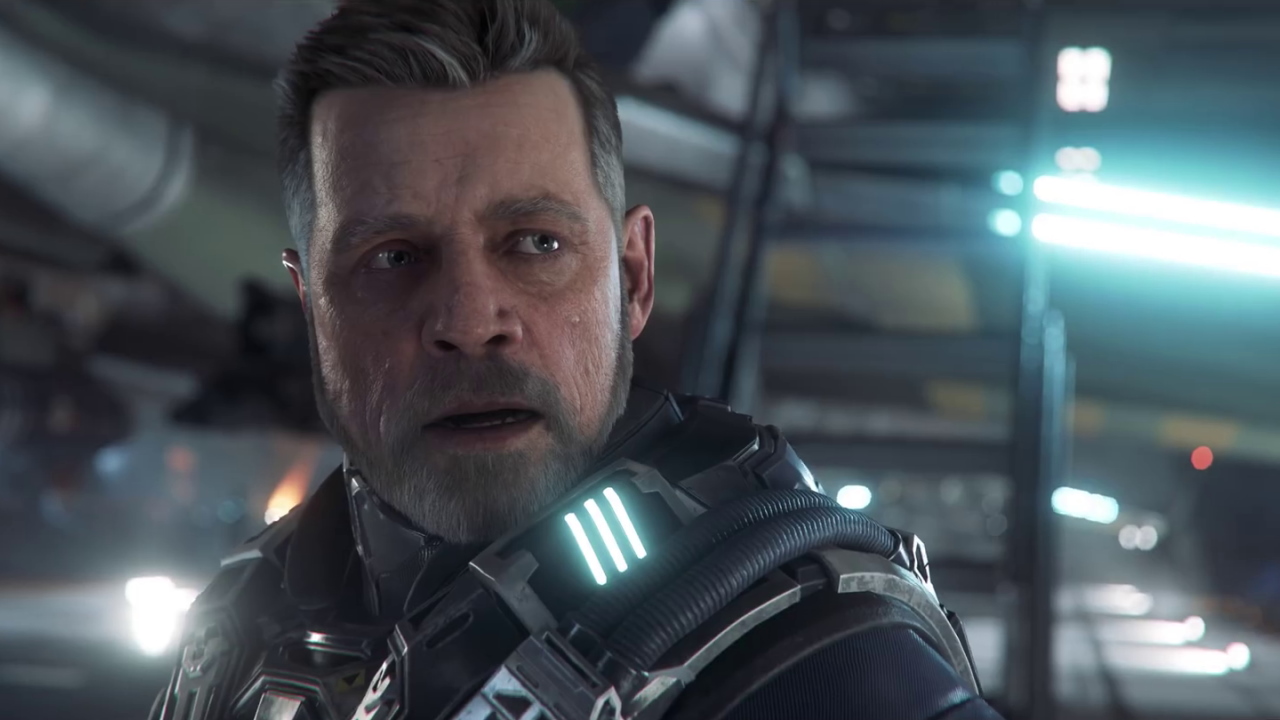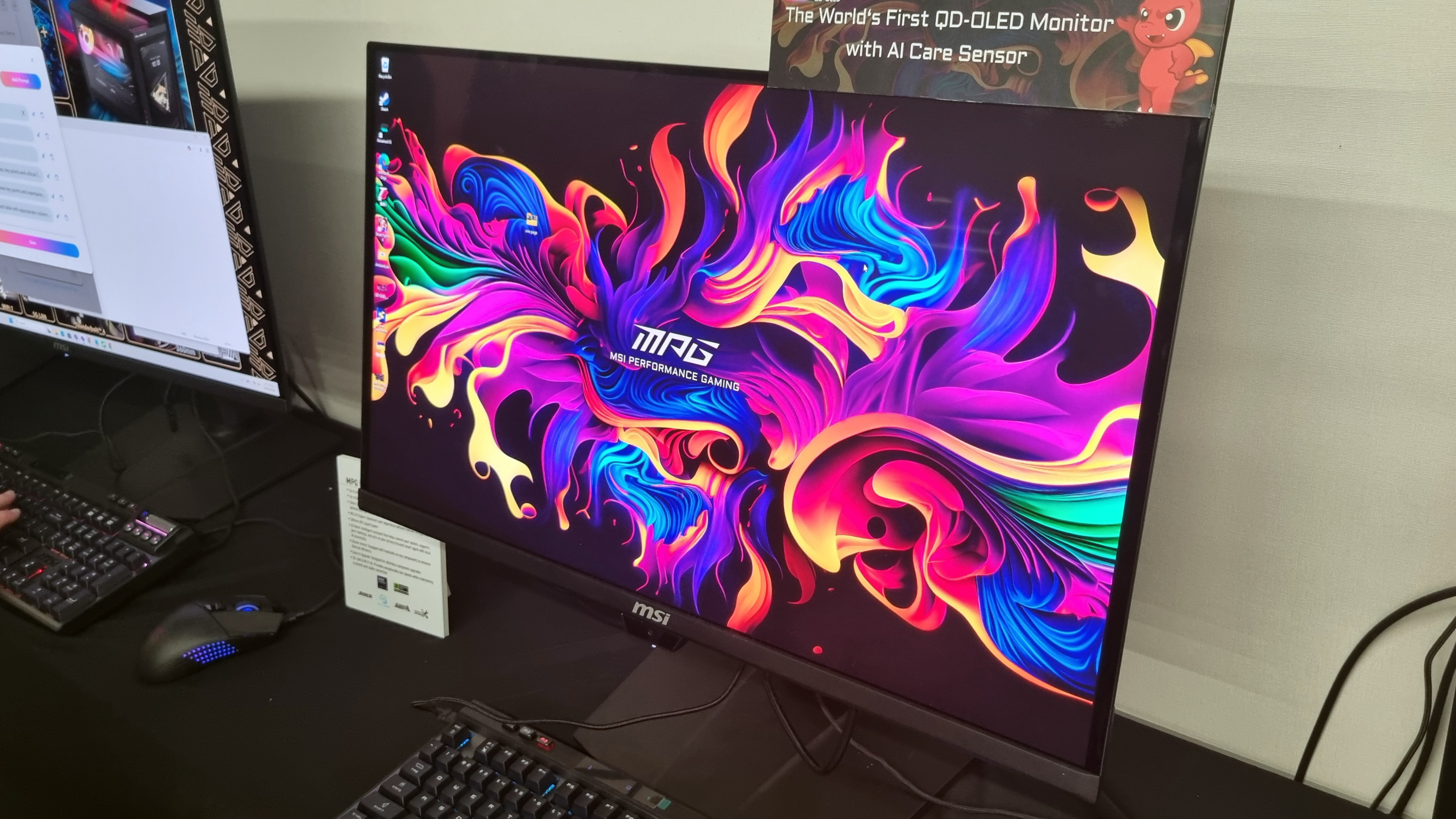
On July 21, 1995, the Virtual Boy hit Japanese store shelves and took the world by storm. Wait, no, not by storm. Whatever the opposite of that would be. Took the world by a nice, comfortable day with low-humidity and a light breeze? It failed so spectacularly that it makes the Wii U look like a runaway success. Its sales were so bad, Nintendo doesn’t even list the total number on its corporate site, in spite of listing every other console it’s ever made. According to numbers given by Nintendo to Famitsu in 1996, the Virtual Boy sold 770,000 units worldwide. That means the N-Gage sold better than the Virtual Boy.
It also holds the distinction of being the only non-special edition console introduced, and discontinued, by Nintendo in the same calendar year. By December of 1995, the very same year Nintendo released it, with just five months of availability in Japan, Nintendo quietly canceled the Virtual Boy. It would disappear from the states in August 1996, giving it almost a year of life on Western shores.
Have you ever wanted to play a video game through the periscope of a submarine? Nintendo offered the chance to experience it first-hand.
So was the Virtual Boy the victim of poor marketing? Was the stereoscopic 3D console really ahead of its time, only a failure because the video game consumer of 1995 simply wasn’t ready for the first stand-alone 3D video gaming console? Not at all. It just really sucked.
Have you ever noticed Virtual Boy doesn’t crop up into the “actually, it WAS good” discourse that seems to dominate online conversations? You have to understand something about the era: virtual reality in 1995 was the hottest techno-buzzword around. The 1992 movie The Lawnmower Man featured a virtual world and did well enough it spawned an even crappier sequel. A VR helmet shows up in Fisher Stevens’ apartment in the movie Hackers, an illustration of just how cyberpunk this dude really is.
Computers had moved from hobbyists to normal consumers with the release of Windows 95, and so everything suddenly felt cyberpunk and futuristic, and no field captured this unrealized promise of our technological future more than virtual reality. The fact Nintendo was unable to spin that hype into a mass-market success speaks to just how crappy the Virtual Boy actually was to play and use.
While virtual reality was the hottest trend of the 1990s, it was nowhere near ready for the mass-market (some would argue it still isn’t). The headsets were gigantic, comically so. The graphics were surprisingly primitive. And the costs in both dollars and computing power were tremendous. The Virtual Boy took the popular idea of what virtual reality was and attempted to replicate it for $179.99. The result was a device that basically did nothing virtual reality promised to do.
First off, virtual reality at the time, just like now, relied on headsets to work. You strapped a gigantic helmet to your head and fought low-polygon pterodactyls at 13 fps. The Virtual Boy, on the other hand, was simply a display sitting on a cheap-looking stand that had no real adjustments for individual needs other than the most basic adjustments to its angle. You stuck your face to it, and if you had to crook your neck to do so, that was your problem.
Since the Virtual Boy was not intended to be worn on the face, the whole idea of motion tracking, which was one of the biggest, coolest features of virtual reality, was completely impossible. To be fair, the tech would have ballooned the cost even more ($179.99 in 1995 was a lot more money than it is today), but it would have been closer to the reality of virtual reality.
The N-Gage sold better than the Virtual Boy.
Speaking of costs, the famous red-graphics were largely due to the lower cost of a red display versus a full-color one. It was also supposedly easier on the eyes, but for anyone who stuck their face into one, it just looked bad. Have you ever wanted to play a video game through the periscope of a submarine? Nintendo offered the chance to experience it first-hand.
Those red graphics, the fact you had to lean into the device, the weird controller, and the headache-inducing stereoscopic 3D all worked together to defeat any possibility of success. The experience of using one was so unpleasant that it wouldn’t have mattered if every one of the Virtual Boy’s 22 official games were 10/10 bangers, you wouldn’t want to play them anyway. Would you eat a meal personally prepared by Gordon Ramsey if it were served in the middle of a barnyard? Probably not. But the games were mostly not-great, anyway. Not terrible! But largely inessential to the overall Nintendo experience.
I want to say the Virtual Boy was ahead of its time, or tell you about its secret best-game, or how it went on to influence a whole generation of consoles, but really, it didn’t. Nintendo eventually returned to the 3D well with the 3DS. The major difference with the 3DS is its 3D was awesome, worked at arms-length, and was in full-color. Also, 3D was pretty hot when the 3DS came out, and while the Virtual Boy released at the height of 1990s VR insanity, it was so far from what we were promised of a cyberpunk virtual landscape as to not even be remembered as anything more than a failure.
It wasn’t ahead of its time. It was sadly never part of any time. It was just an idea that never coalesced into something worthwhile, and if you ever find yourself in the position to try one out, you will see for yourself just how impossible it is to enjoy.
And yet… I still want to get one for my collection.



